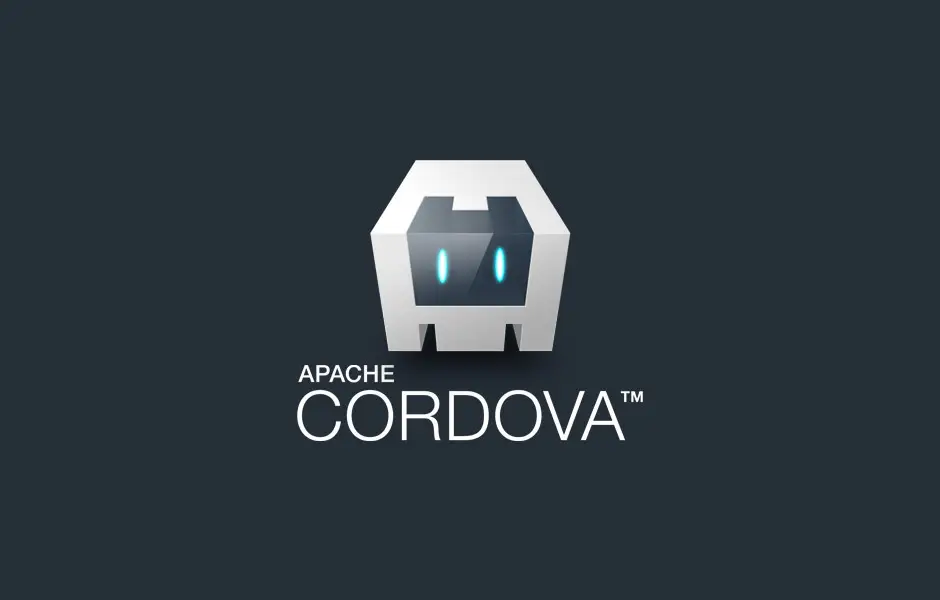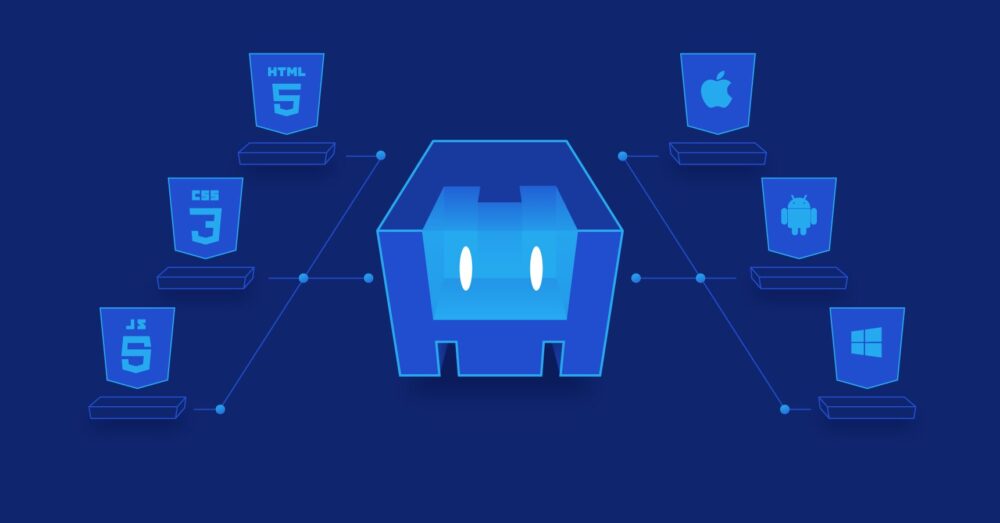In the ever-evolving world of mobile application development, understanding the tools at your disposal is crucial. So, what is Apache Cordova? At its core, Apache Cordova is an open-source mobile development framework that empowers developers to create applications using web technologies like HTML, CSS, and JavaScript. The beauty of this framework lies in its ability to wrap a web application into a native app shell, allowing it to run seamlessly on multiple mobile device platforms.
Imagine having an idea for a mobile app and wanting to ensure that it’s available to as many users as possible. Instead of embarking on the time-consuming journey of developing separate apps for iOS, Android, and other platforms, Apache Cordova offers a solution to build once and deploy everywhere. This doesn’t just streamline the development process but also ensures a consistent app experience across various devices.
Furthermore, while Apache Cordova provides the platform to transform web applications into native mobile apps, the framework’s versatility is underscored by plugins. These plugins interface with native device functionalities, thereby allowing a Cordova application to access device features like the camera, GPS, and more.
As we delve deeper into this topic, we’ll also learn what is PhoneGap — an Adobe solution that’s closely tied to Apache Cordova and is widely used by various PhoneGap app development companies. But for now, understanding that Apache Cordova bridges the gap between web and native applications is a perfect starting point.

Difference Between Cordova and PhoneGap
Delving into the world of mobile app development, one might often encounter the names Apache Cordova and PhoneGap used almost interchangeably. However, while these two entities are closely related, they are not one and the same. Let’s embark on a brief journey through their history and shed light on their differences.
Apache Cordova’s origins trace back to a project named “PhoneGap,” which was pioneered by a company called Nitobi. The primary objective of PhoneGap was to offer a bridge between web applications and mobile devices, ensuring developers could use their existing web skills to create mobile apps. In 2011, a significant event reshaped this landscape: Adobe acquired Nitobi, and with it, the rights to the name “PhoneGap.”
Post-acquisition, Adobe decided to donate the open-source part of the project to the Apache Software Foundation. This open-source version was then rebranded as “Apache Cordova.” Meanwhile, Adobe continued to develop and maintain its commercial version under the PhoneGap name, adding proprietary tools and services.
So, what is the main difference between Cordova and PhoneGap? Apache Cordova represents the open-source core, providing the foundation and basic tools to convert web applications into native mobile apps. On the other hand, PhoneGap, an Adobe solution, builds upon this core and introduces additional features, tools, and services, typically targeted at streamlining the app development process and facilitating developer collaboration.
In essence, while both Cordova and PhoneGap serve a common purpose of bridging the web-to-native app divide, they are distinguished by their ownership, community involvement, and the range of tools they offer to developers.

Benefits of Using Cordova
Let’s delve into the key benefits of using Cordova for business:
- Cost-effective development. With Cordova, developers create a singular codebase using web technologies. This eliminates the need for multiple native codebases for different platforms, leading to significant savings in both time and monetary resources.
- Cross-platform compatibility. One of the most compelling attributes of Cordova is its “write once, run anywhere” ethos. Businesses can ensure their app is available across a range of devices, from Android to iOS and beyond, without the need for multiple development cycles.
- Access to device features. Through Cordova’s extensive plugin system, apps can seamlessly tap into native device functionalities such as the camera, contacts, or GPS, enriching the user experience and application capabilities.
- Rapid prototyping. For businesses keen on quick market validation, Cordova allows for faster prototyping. The unified codebase means developers can swiftly create a functional prototype and iterate based on feedback.
- Community and plugin ecosystem. Being open-source, Cordova boasts a vibrant community of developers. This results in a continually expanding library of plugins and solutions, ensuring businesses can easily add functionalities to their apps without reinventing the wheel.
- Scalability and flexibility. Cordova’s modular framework facilitates easy updates and enhancements. As businesses grow and evolve, their Cordova-based apps can be readily scaled or modified to meet changing demands.

Conclusion
In the intricate tapestry of mobile app development, tools and frameworks play an indispensable role in weaving the strands of innovation and practicality. Both Apache Cordova and PhoneGap, though distinct in their lineage and features, emanate from a shared vision: to harness the prowess of web technologies and deploy them in the vast realm of mobile devices.
The digital landscape is ever-evolving, with businesses perpetually on the lookout for solutions that offer reach, adaptability, and cost-efficiency. Apache Cordova, with its open-source foundation and cross-platform capabilities, presents an eloquent answer. Its ability to transform web applications into native mobile interfaces without the hassles of multi-platform coding has positioned it as a cornerstone in mobile app projects worldwide.
PhoneGap, an Adobe brainchild, inherits Cordova’s essence while infusing it with proprietary tools, presenting an enriched palette for developers.
As we stand on the cusp of unprecedented technological advancements, tools like Cordova and PhoneGap are not just conveniences but necessities. They represent the confluence of web and mobile, open and proprietary, global and native. For businesses, developers, and users alike, this duo symbolizes a future where innovation is not bound by platform limitations but is propelled by the boundless potential of creation.





